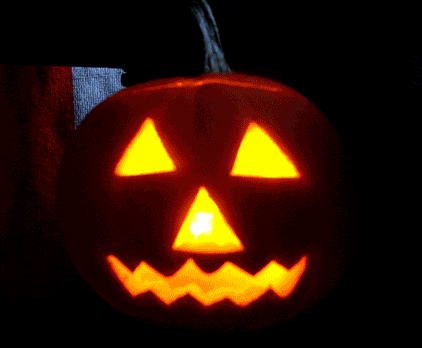Halloween, as we know it today, is a holiday celebrated on the night of October 31st. Its origins can be traced back to ancient Celtic traditions, particularly the festival of Samhain (pronounced sah-win).
Ancient Celtic Origins: Samhain was a significant festival celebrated by the Celts, who lived in areas of Ireland, Scotland, and Wales over 2,000 years ago. It marked the end of the harvest season and the beginning of winter, which was associated with death and darkness. On the night of October 31st, the Celts believed that the boundary between the living and the spirit world was blurred, allowing spirits to cross over into the mortal realm.
Honoring Ancestors and Spirits: During Samhain, the Celts lit bonfires to ward off evil spirits and to honor their deceased ancestors. They believed that the presence of spirits made it easier for Druid priests to make predictions about the future. People would gather around the bonfires, wearing costumes made from animal skins and heads, and telling fortunes.
Roman Influence: In the first century AD, the Roman Empire conquered most Celtic territories. Over time, the Roman festival of Feralia, which honored the dead, and Pomona, the goddess of fruit and trees, became intertwined with Samhain.
All Saints' Day: In the 8th century, Pope Gregory III designated November 1st as All Saints' Day, also known as All Hallows' Day, to honor saints and martyrs. The evening before, October 31st, became known as All Hallows' Eve, eventually evolving into Halloween.
Christian Influence: As Christianity spread, some pagan traditions merged with Christian practices. The concept of honouring the dead remained, but it shifted towards remembering departed souls, including saints and loved ones, rather than focusing solely on spirits and divination.
Trick-or-Treating: The tradition of trick-or-treating has its roots in various customs. In medieval Europe, "souling" was practiced, where the poor went door-to-door on All Hallows' Eve, receiving food in exchange for prayers for the dead. In Scotland and Ireland, "guising" involved dressing in costumes and performing songs or tricks to earn treats.
Irish and Scottish Influence: Halloween was brought to the United States by Irish and Scottish immigrants during the 19th century. They carried their customs and traditions, which blended with existing Halloween practices in North America. Over time, the holiday evolved into a community-centred celebration, combining elements of different cultures.
Today, Halloween is celebrated worldwide with various traditions, including dressing up in costumes, carving pumpkins into Jack-o'-lanterns, decorating homes, telling spooky stories, attending costume parties, and, of course, trick-or-treating. It has become a time for fun, creativity, and embracing the spooky side of life while remembering the ancient origins that shaped this beloved holiday.
Source: Some or all of the content was generated using an AI language model


No comments:
Post a Comment